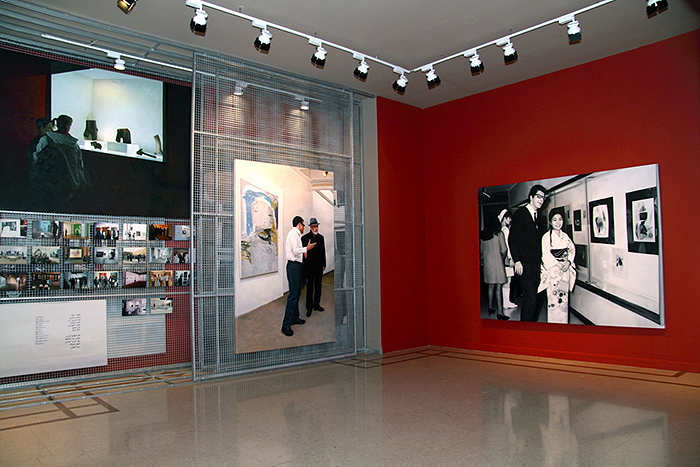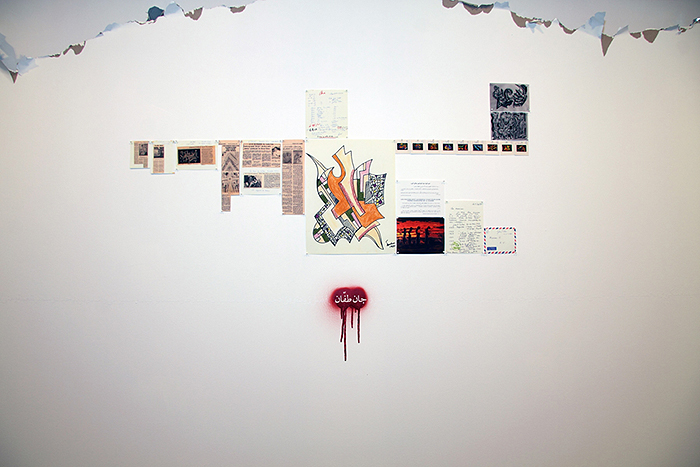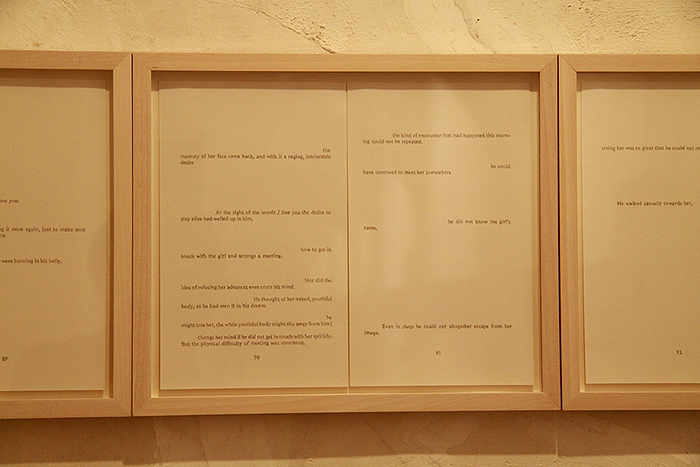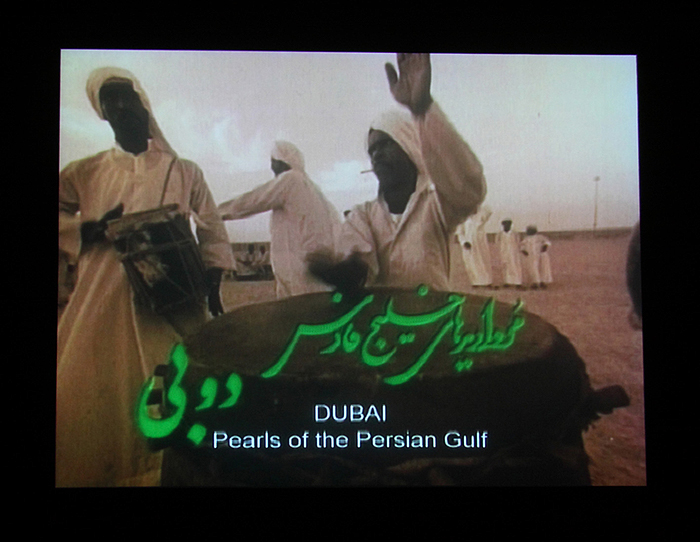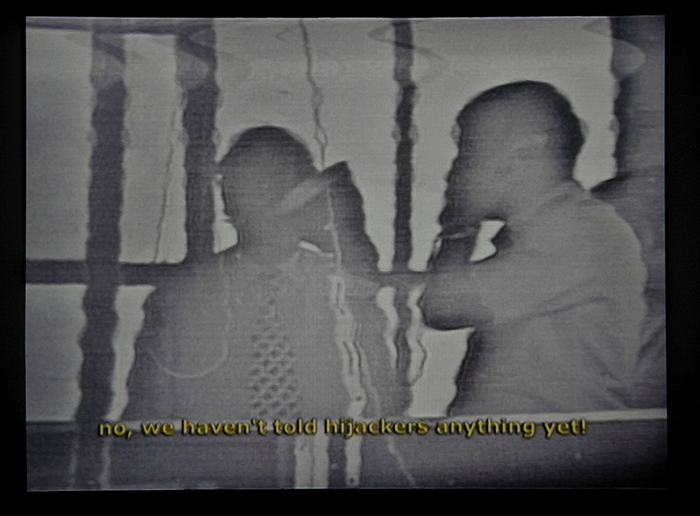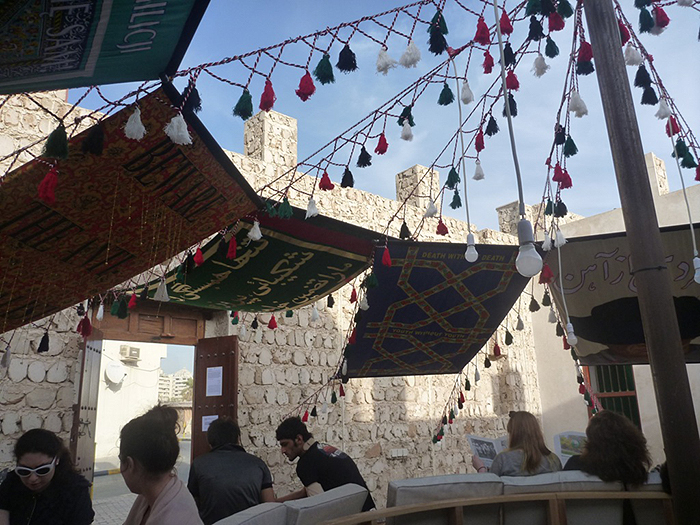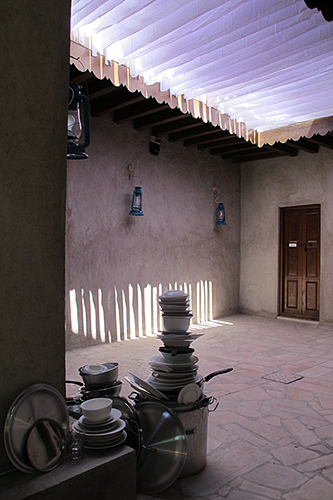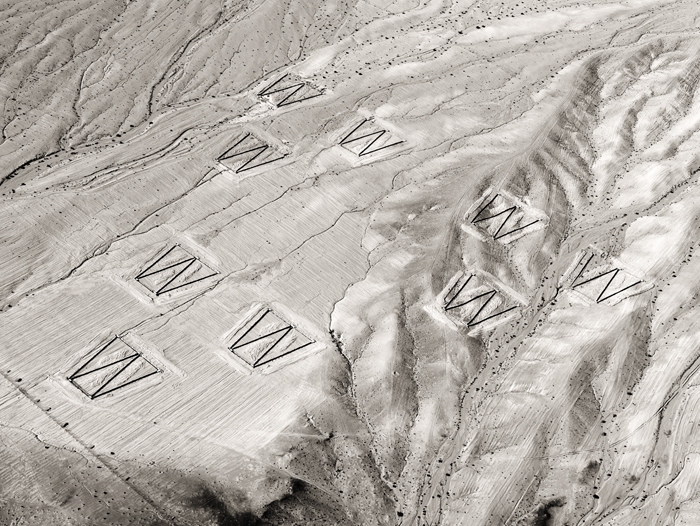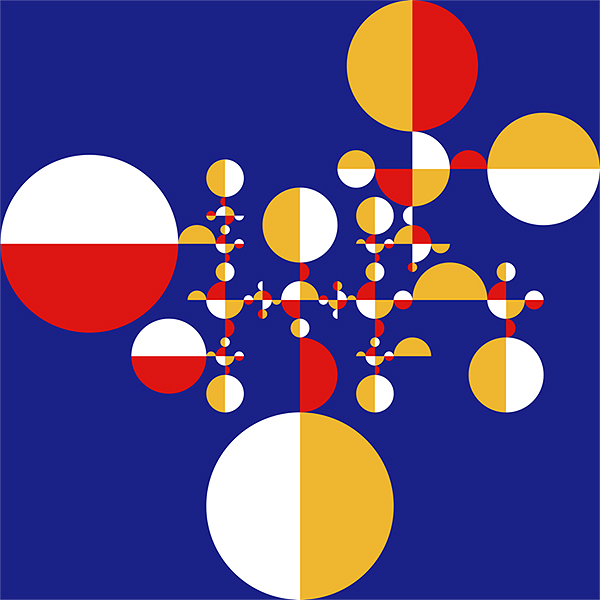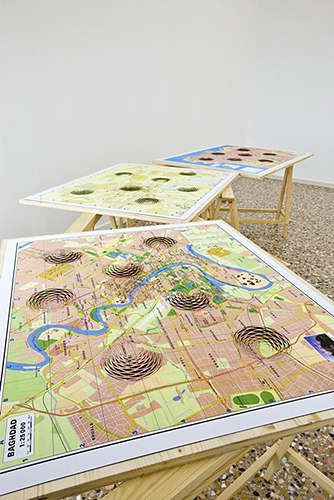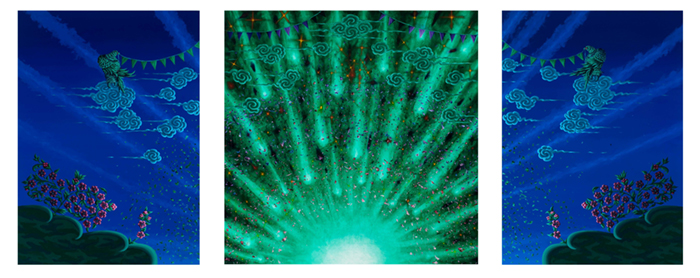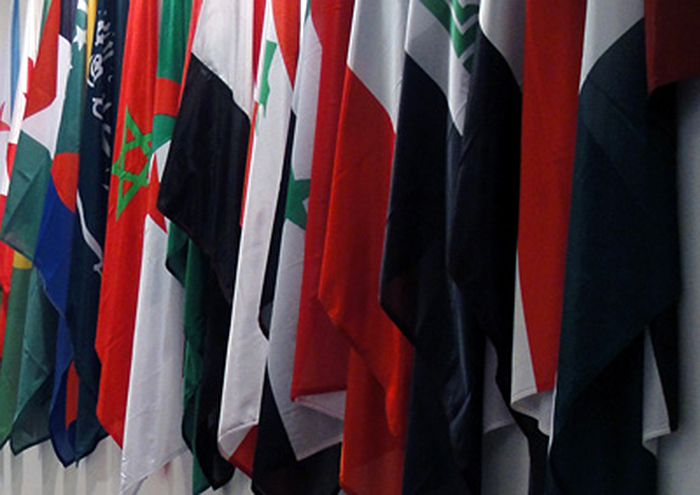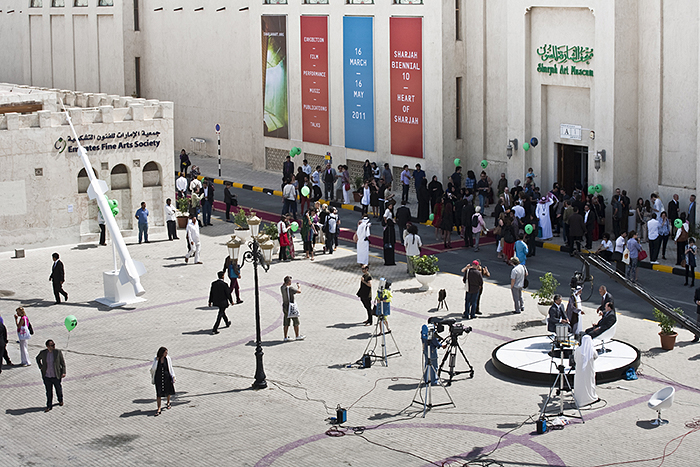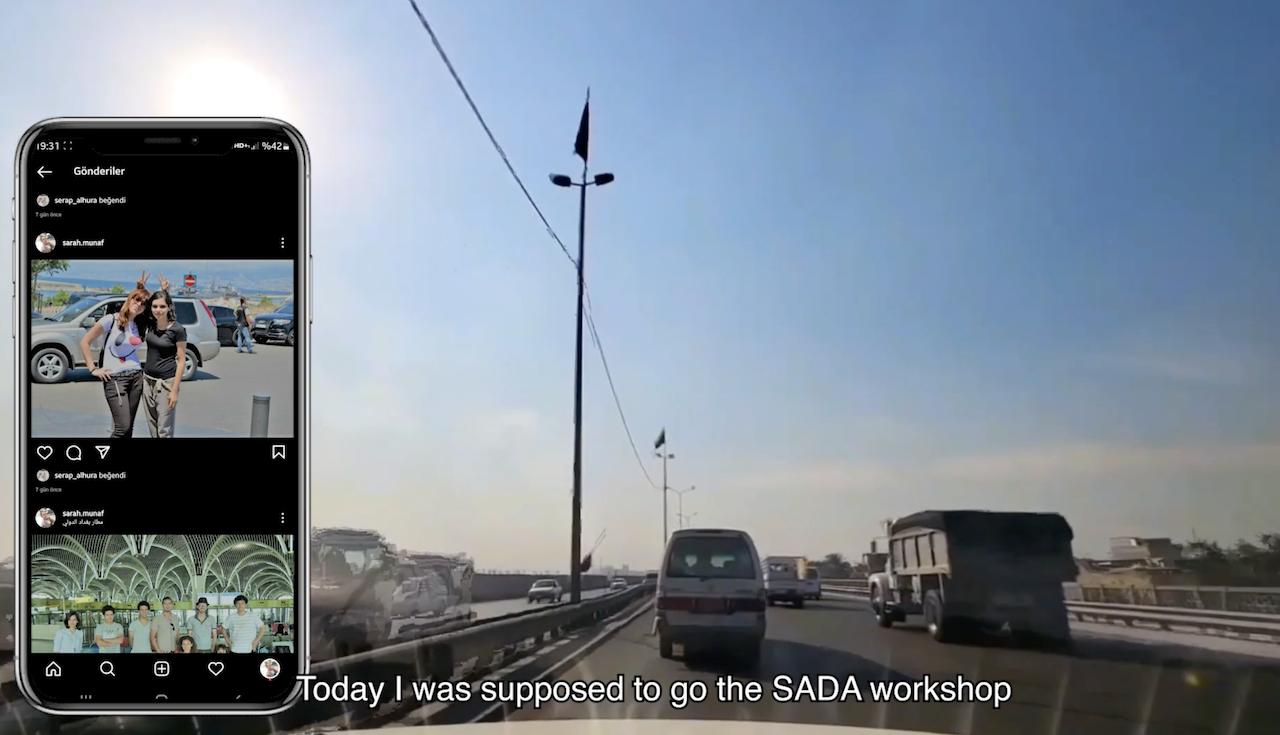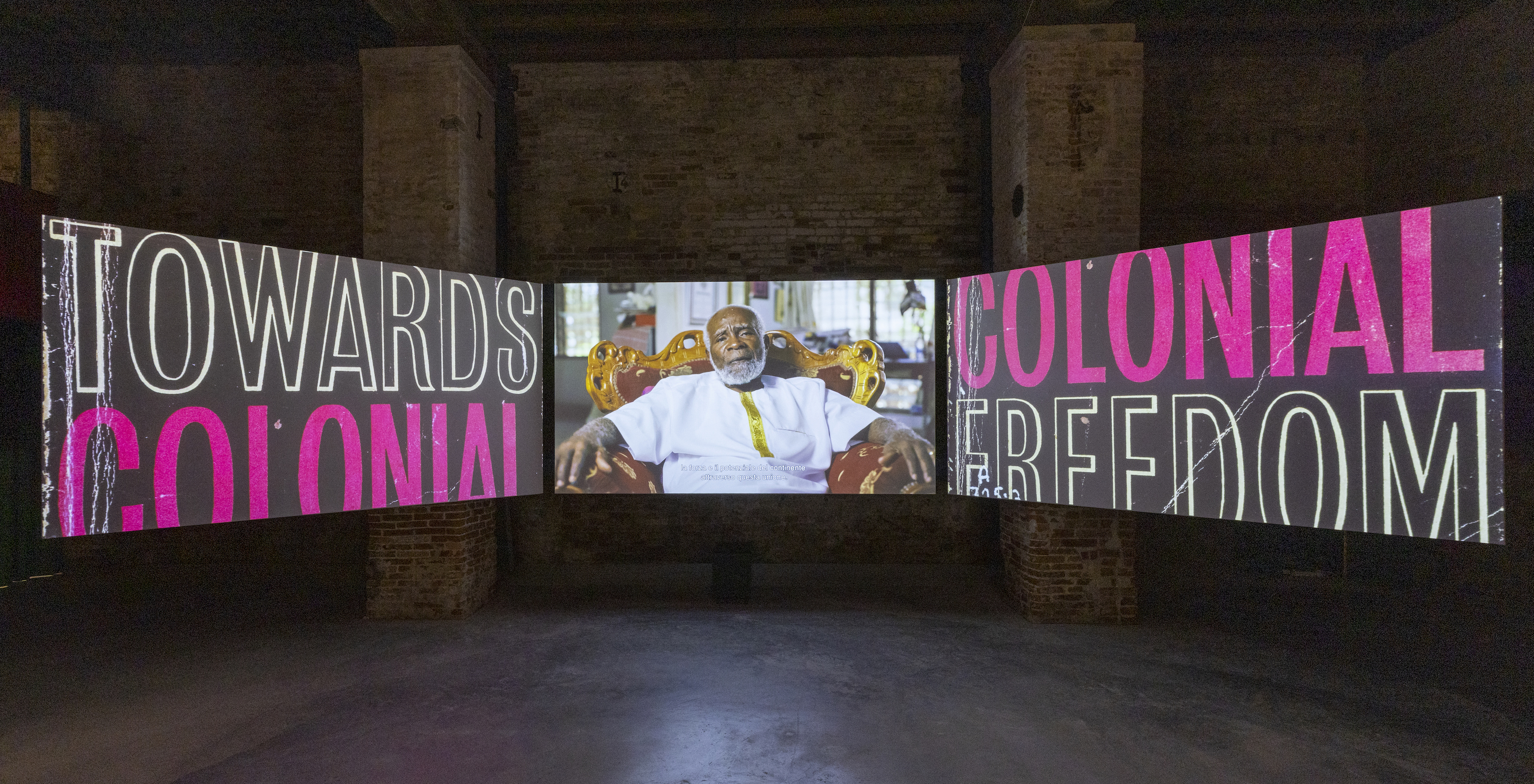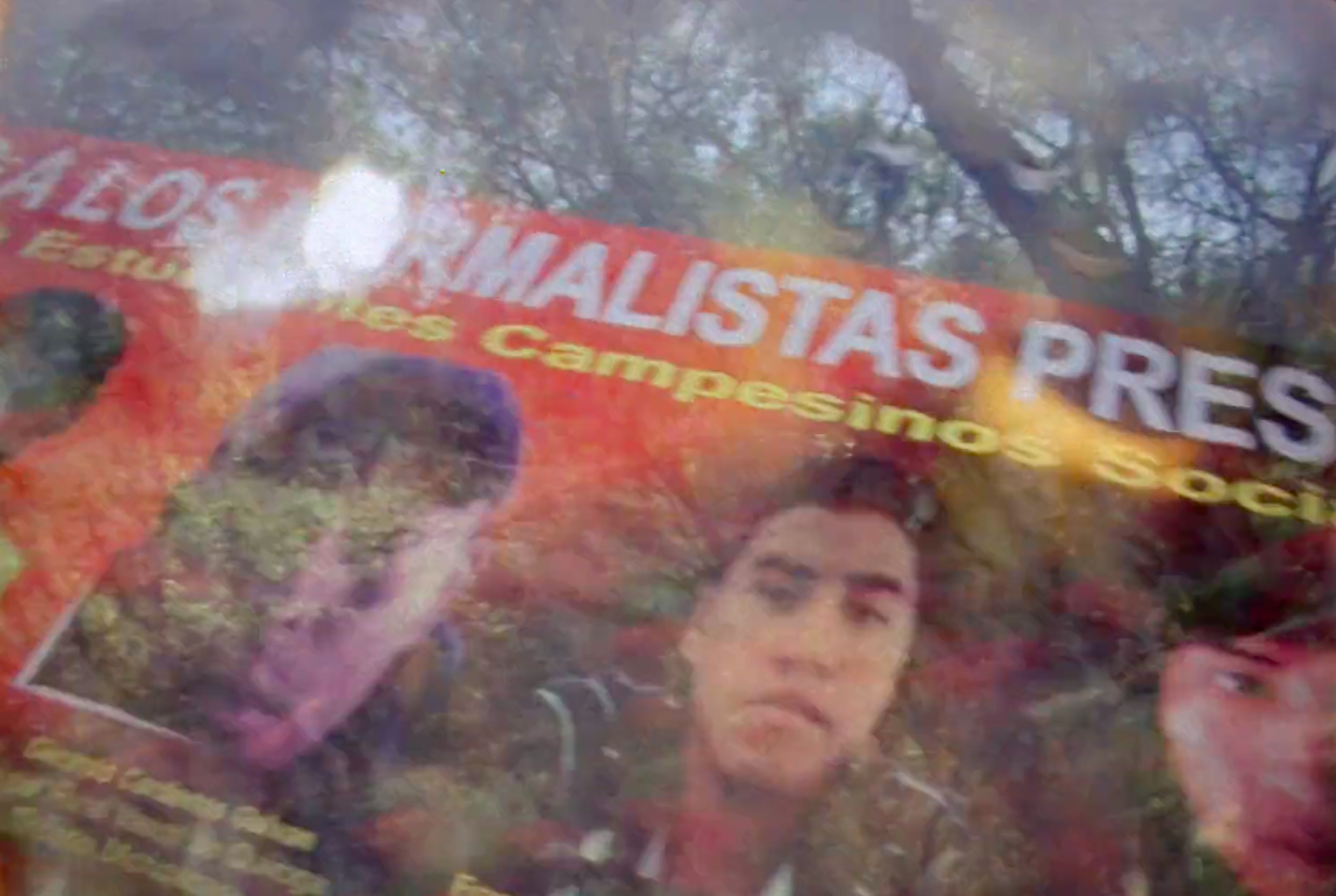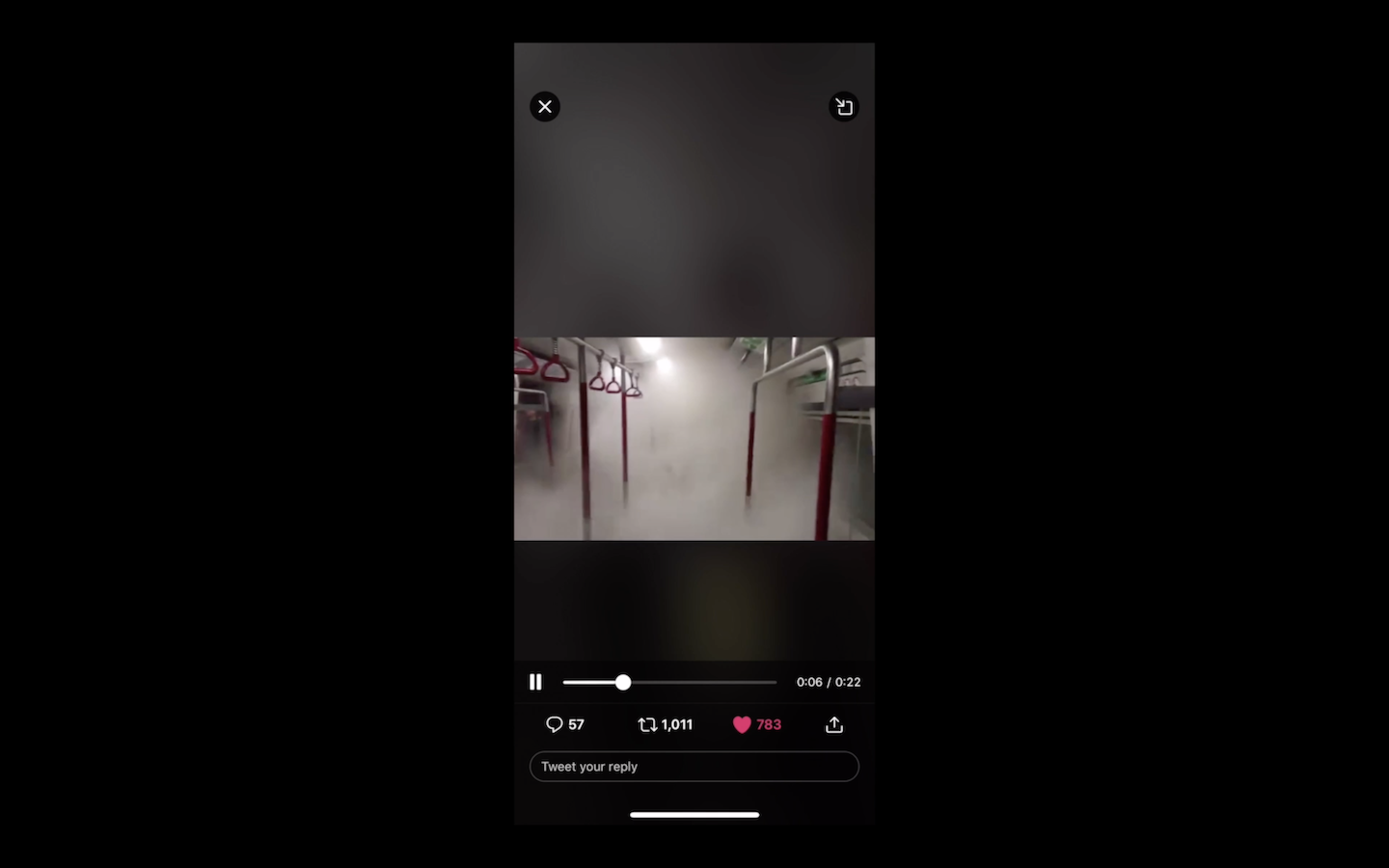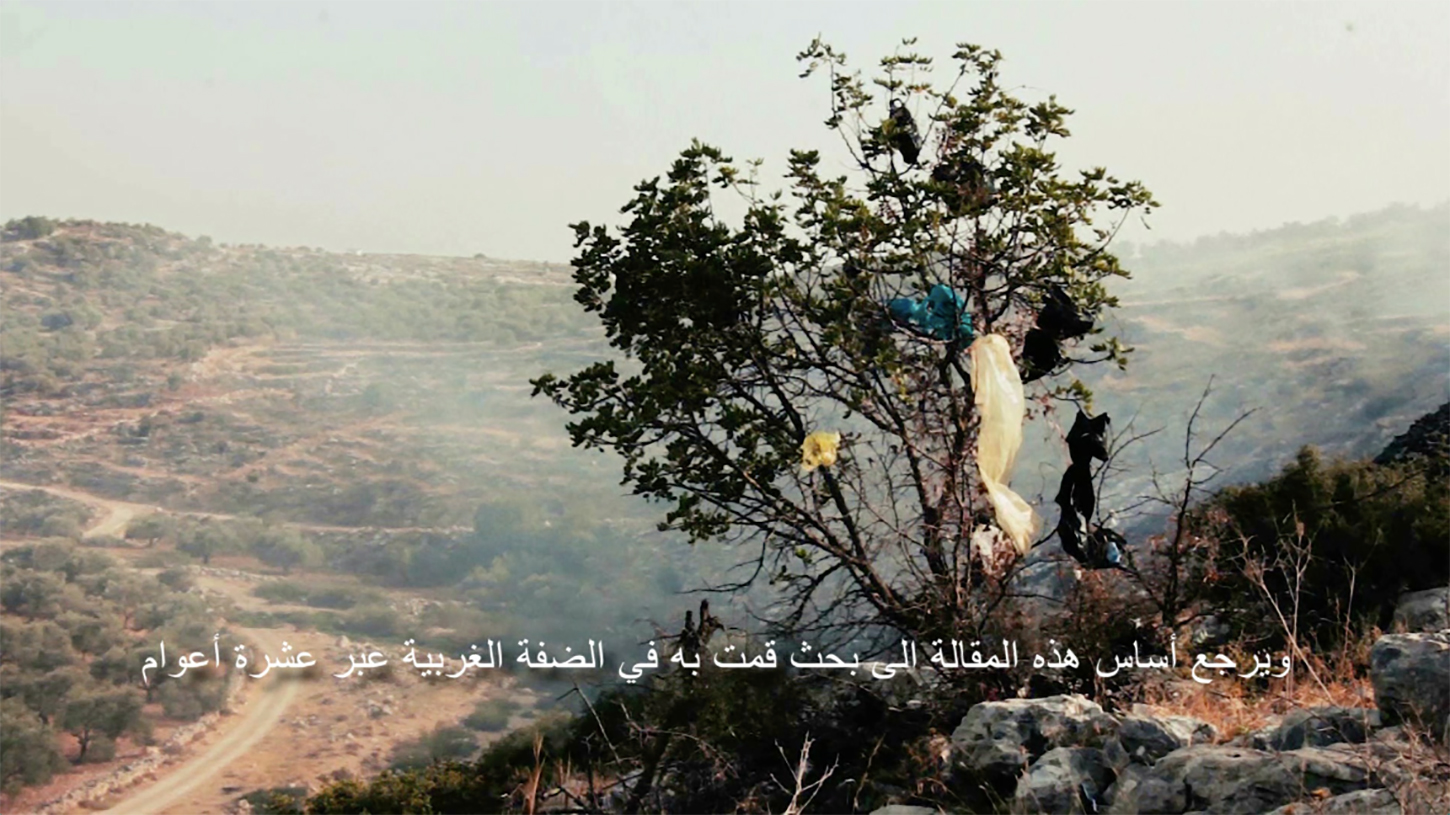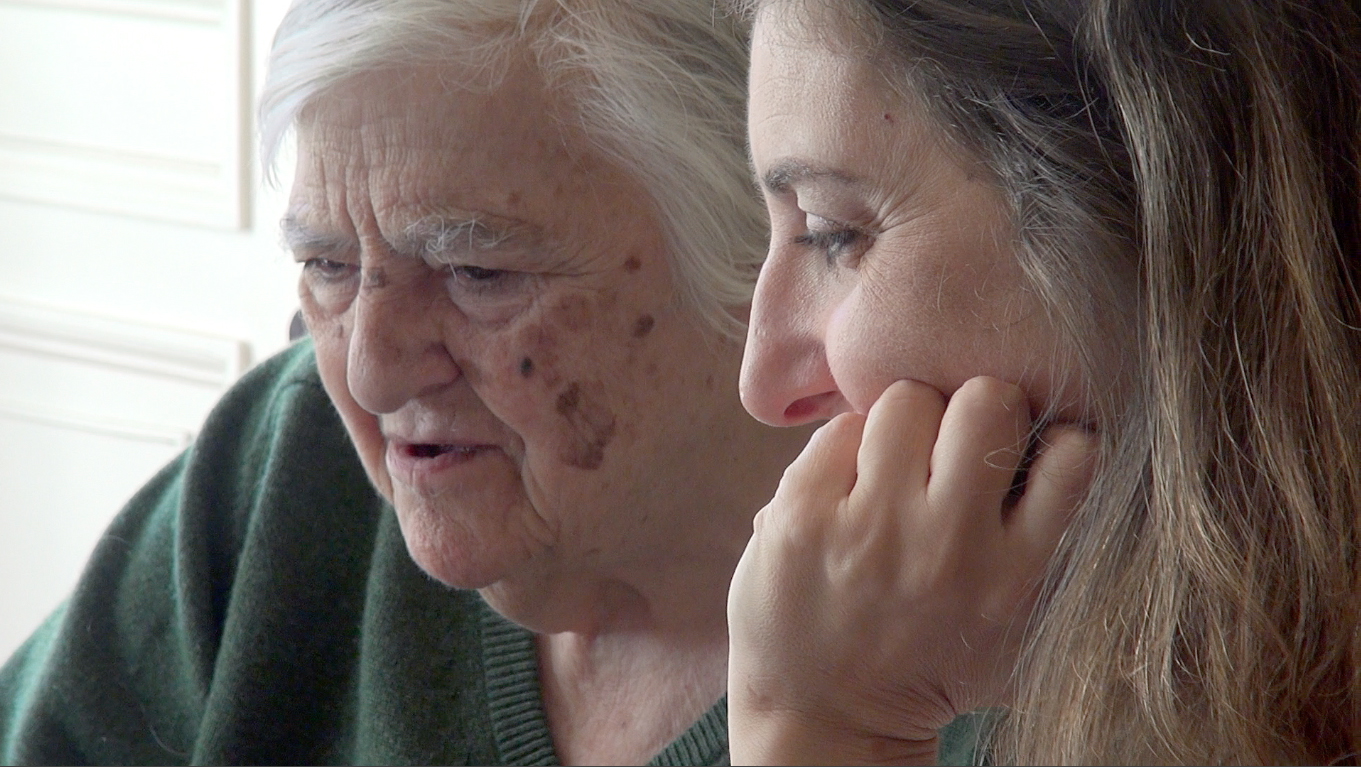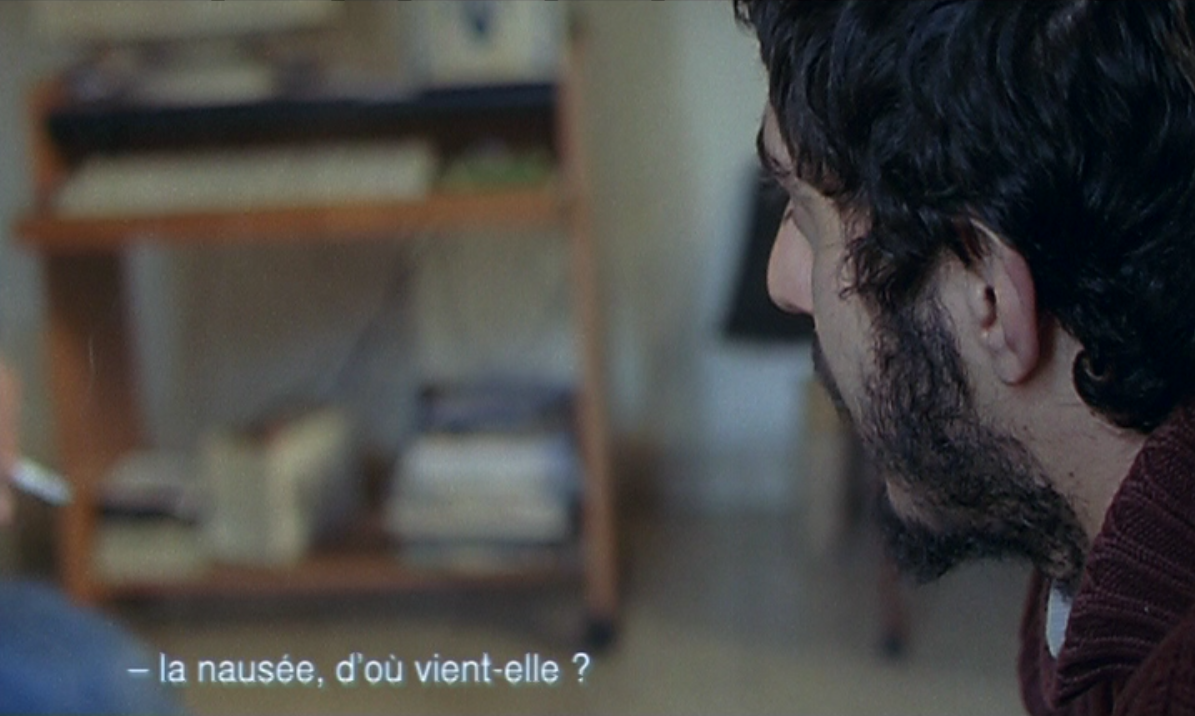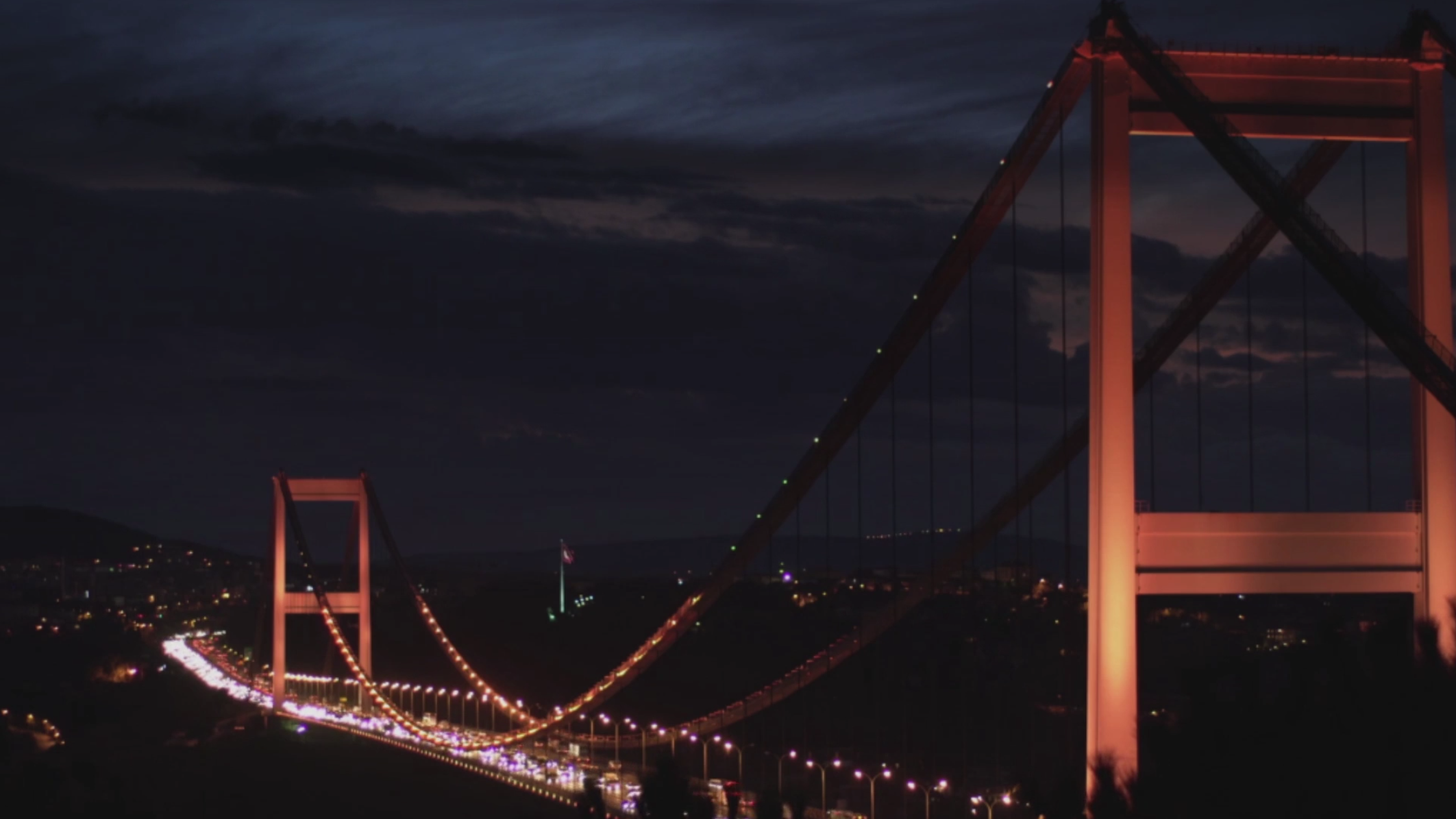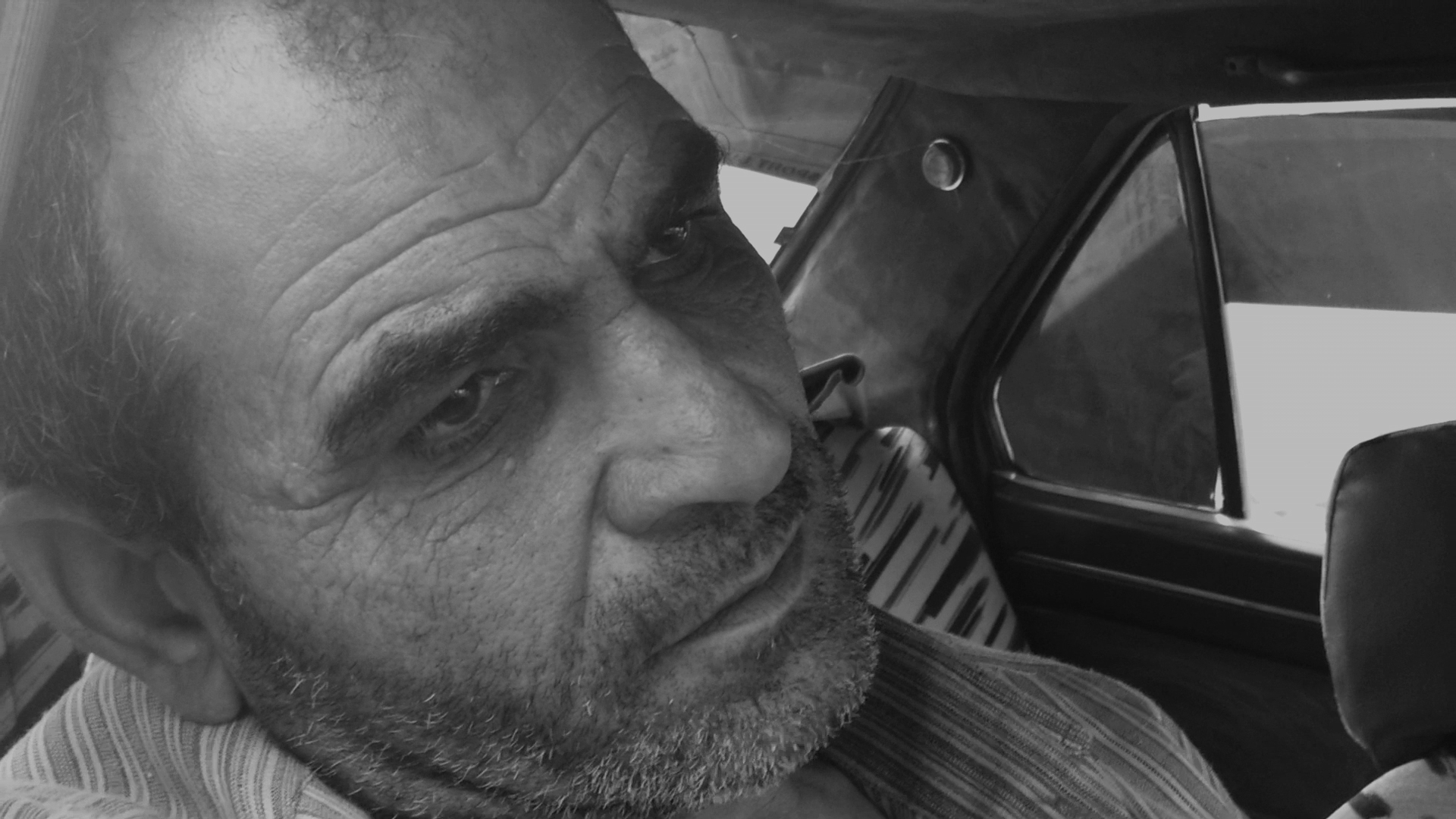Art Dubai
March 16–May 16, 2011
There are few occasions in the art world calendar where a commercial fair and a biennial are as closely aligned in time and space as the Sharjah Biennial and Art Dubai. March 16th saw the tenth edition of the Sharjah Biennial titled "Plot for a Biennial"—curated by Suzanne Cotter and Rasha Salti with Associate Curator Haig Aivazian—open to a busy international crowd, many of whom would shift emirates that very evening to attend the opening of an event half its age with a very different agenda: Art Dubai. With the 10th Sharjah Biennial involving in excess of 80 artists and other cultural actors, it was no coincidence that many were also represented at the fair.
Treating the Sharjah Biennial as a script for a film—"replete with plot and characters"—and a series of key themes, Cotter, Salti and Aivazian opened the floor to film-makers, writers and performers, as well as artists. Suggestions for characters and scenes could be sourced within various art works throughout the biennial, but the rhythm of an accumulating plot was less forthcoming. As in previous renditions of this biennial, and largely due to the layout of the museum and peripheral venues, many of the installations occupy very separate spaces, making visual, let alone physical interactions between works and projects rare. This hampers potential narrative compositions intended by the curators, which in turn affects the visitors' experience of the works. Rather than open-plan relational displays, the biennial provides step-by-step encounters with works, at best placing two installations opposite one another in the museum section, which even here remain divided by the main axial corridor.
On the second floor of the Sharjah Art Museum, one run of works manages to overcome this stuttered hang and offers a similar momentum to the reading of a potential script. In the stairwell Khalil Rabah's series, "Art Exhibition: Readymade Representations 1954-2009" (2011)—an installation of paintings based on photographs of exhibitions Palestinians have engaged with over the last fifty years—provides a multitude of historical scenes that adapt moments of reality into the most museum worthy medium: paint. Rabah's racks of paintings conjuring the memory jogging effect of a family photo album are closely followed by Yto Barrada's work Family Tree (2010), a touching document of her illiterate Grandmother's personal pictorial coding system, created to remember her loved ones. A few rooms later comes Walid Raad's Index XXII-XXVI: Artists (2011), a series of wall structures hosting artist names and stories that make up a proposition for a Lebanese cultural history that come to Raad via the help of telepathy. Then a striking work in progress La Vigie (2010), by Jean-Luc Moulène zooms in on a series of slides charting the growth pattern of a Paulownia plant that Moulène found growing through the asphalt outside the Ministry of Economy, Finance and Industry in Paris—an ephemeral element of daily life as if seen from a child's perspective. This corridor of captured encounters and shared moments concludes with Abdullah Al Saadi—who will be one of three artists representing the UAE in Venice this year—with Camar Cande's Journey (2010), a series of naively beautiful watercolors documenting the artist with his donkey and dog, again a family affair, trekking through the northern part of the UAE.
Elsewhere in the Arts Area surrounding the museum, Tom Molloy's work Subplot (2008)—two hundred and thirty-five drawings depicting only the subplot text of Winston and Julia's love story in George Orwell's 1984—offers a moment that perfectly condenses the curators' intentions. Along with the presentation of several important archival films, including Kamran Shirdal's unmissable, Pearls of the Persian Gulf, Dubai 1975 (1975), is Naeem Mohaiemen's The Young man was no Longer A... Part 1: United Red Army, (work in progress) (2011). The composition of sourced footage and recordings of the hijacking of a plane on route to Dhaka by the Japanese Red Army in 1977 coalesce to form the essence of an incredible, and in fact very real plot. While the hijackers are clear and insistent in their requests, the confusion, frustration and simple anger of the negotiators is distressing; Mohaiemen's film maintains the sense of urgency and impossibility of a situation that he allows to unfold again and again in the very moment of the small blacked-out space in the biennial.
In the far corner of the Heritage Area, Slavs and Tatars' Friendship of Nations (2011), an installation of covered seating, sculpture and self-published newspapers, offers the first real pause and the chance for an intermission, a cup of tea and a relaxed opportunity to browse the 'impossible not to accumulate' material found throughout the biennial. Tracing an, 'ambitious if unlikely genealogy between Iran and Poland', Slavs and Tatars’ piece also captured the attention of the Sharjah locals who were happily popping in and out for tea during the opening.
Having become accustomed to thinking via the biennial's framework of the 'plot', it was difficult to drop this attitude once back in Dubai. One Art Fair project that immediately created a wonderful allegorical setting was Abbas Akhavan's for now, for the birds (2011), an outdoor audio installation of bird calls by foreign species that for many visitors was only noticed to be an artistic intervention well after dark. (Akhavan also presented three site-specific works under the collective title "Variations on guests & ghosts" (2011) at the Delfina Foundation's residency project space at House 44 in Al Bastakiya.) Also outside the fair were the Abraaj Prize winners' installations, which once again had to battle with the awkward context, set aside a cocktail lounge next to the Jumeriah lake. Despite these conditions, two video installations by Jananne Al-Ani and Shezad Dawood managed to hold their own. In particular Al-Ani's Shadow Sites II (2010), caused all memory of the surrounding fair to melt away as her hypnotic fades of aerial views of the Middle Eastern landscape connected man-made constructions—both contemporary and ancient—with the natural scars of the land through a timeless, cyclical filmic abstraction.
Art Dubai's new Director Antonia Carver brought a more focused vision to the overall ambition of the Fair, successfully dispelling the frenetic tendency of previous years that seemed to cater for all tastes and attitudes at the same time. The Third Line and Gallery Isabelle van den Eynde again showed their strength as Dubai's most pivotal galleries, the latter presenting photographs by Reza Aramesh, whose photographs and new sculptures were also on show as a solo exhibition in the main gallery. Traffic—another local to Dubai—surprisingly shed its design gallery persona, morphing into a visual art gallery with a rather messy and random selection of works. This was calmed by Oraib Toukan's nearby project White Elephant (2011), a plain white booth, impenetrable bar a sliver cut from the corner for one to peek in through. Other successful booths included Galerie Chantal Crousel with two stand out pieces: Gabriel Orozco's Samurai Tree 2T (2006), and Mona Hatoum's 3-D cities (2008), three map topped tables within which intricately cut spirals formed mounds and dips within their otherwise two-dimensional geography. Solo booths of note were those of Paradise Row showing Abraaj winner Shezad Dawood, and Green Art Gallery with Kamrooz Aram.
The art activities were sidelined by a number of news capturing events that have no doubt developed further since writing, including 130 prominent artists' petitioning the Guggenheim to ensure better conditions for the Abu Dhabi project's construction work force. A less publicly covered event in Sharjah resulted in several members of the Biennial administration being questioned by the police in connection with a protest of solidarity for those demonstrating in Bahrain. Additionally, Mounir Fatmi's The Lost Springs (2011) was censored, with officials requesting the removal of the installation's broom heads from which flags from 22 Arab countries were hung. These concerns and complications make clear the responsibility of the fair, the biennial and the forthcoming Saadiyat Island cultural district regarding their approach to culture, the public and their employees. Yet in spite, and perhaps because of such conversations amidst the ongoing demonstrations around the region, there appeared to be a spike in interest in both the fair and biennial that correlated with the apparent growth in the number of artists actively participating across both events, which appeared to be at its highest figure ever.
